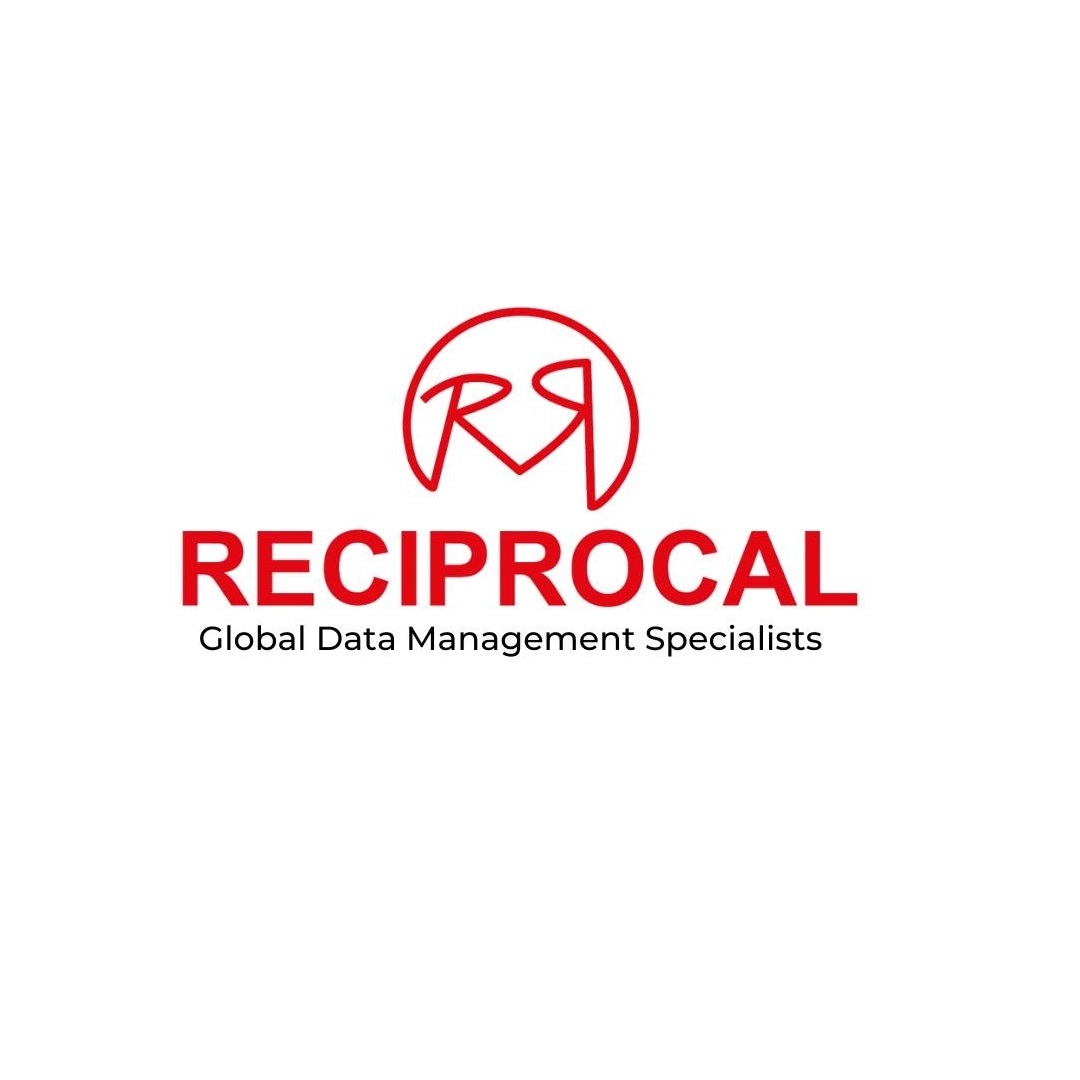
Reciprocalgroup
Uploaded on Aug 24, 2023
Category
Technology
Seamless Cloud Migration and Global Data Management Solutions. Navigate the digital landscape with efficiency and security for enhanced global business operations.
Category
Technology
Cloud Migration and Global Data Management: Everything to Know About Them
Cloud Migration and Global Data Management: Everything to Know
About Them
The process of migrating data, apps, and IT infrastructure from on-premises data centers to a
cloud computing environment is known as cloud migration. Scalability, elasticity, and cost-
effectiveness are just a few of the benefits of Cloud Migration over traditional on-premises
infrastructure. There are numerous sorts of cloud migrations, each with its own set of benefits
and drawbacks.
It can be a complicated and difficult procedure, but it can also be extremely gratifying. To
minimize disruptions to corporate operations, successful cloud migration needs careful planning
and execution. Reciprocal's cloud migration services are critical in simplifying the migration
process, lowering risks, and ensuring that enterprises fully experience the benefits of cloud
computing.
Because the precise services provided by providers can differ, businesses should select a service
provider that corresponds with their specific needs and goals. You may realize the many benefits
of cloud computing by carefully planning and executing your migration.
What are the different forms of cloud migrations?
Lift and shift
This is the most basic sort of cloud migration, in which apps and data are simply moved from on-
premises to the cloud. This is a suitable solution for non-mission-critical apps that do not
necessitate any changes to the underlying infrastructure.
Refactoring
This form of Cloud Migration entails modifying programs and data to take advantage of the
cloud's scalability and elasticity. This is a fantastic solution for mission-critical applications that
must be scaled up or down fast.
Replatforming
In this type of cloud migration, applications are moved to a cloud-based platform that is similar
to the on-premises platform. This is a suitable solution for non-mission-critical applications that
do not necessitate big adjustments.
Rebuild
In this sort of cloud migration, applications are rebuilt from the ground up to take use of the
cloud's features and capabilities. This is a suitable solution for mission-critical applications that
must be totally revamped.
What is the Global Data Management?
Global Data Management (GDM) is a strategic method to managing data assets across an
organization's international or global operations. It includes the processes, policies, technology,
and practices that enterprises use to assure data consistency, accuracy, security, and compliance
with regulatory requirements across geographical boundaries.
GDM is especially crucial for multinational firms, organizations with a worldwide footprint, or
those who operate in numerous nations and regions. This is critical for enterprises seeking to
maximize the value of their data assets on a global scale while limiting the risks associated with
data inconsistencies, breaches, or noncompliance.
It necessitates a collaborative and holistic approach involving IT, legal, compliance, and business
departments. Furthermore, as data regulations evolve, GDM procedures must adapt in order to
remain compliant and retain data integrity.
Global Data Management's components and considerations
Data Management
Creating clear policies, methods, and responsibilities for data management throughout the
organization. Defining data ownership, data quality standards, and data access rules are all part
of this.
Data Quality Control
Global Data Management is assuring data accuracy, completeness, and consistency across all
regions. Processes such as data cleansing, validation, and monitoring may be involved.
Integration of Data
Bringing together data from several sources and systems to provide a unified view of data that
can be accessed and used uniformly across the organization's worldwide footprint.
Data Protection and Privacy
Putting in place security measures and compliance policies to safeguard sensitive data and ensure
compliance with data privacy legislation such as the GDPR (General Data Protection Regulation)
in Europe.
MDM stands for Master Data Management.
Keeping a single, authoritative source of critical data entities (e.g., customer data, product data)
to maintain consistency and accuracy throughout the company.
Architecture of Data
Creating data architectures and databases that can efficiently handle worldwide data needs. This
may include scalability and performance considerations.
Data adherence
Assuring compliance with data-related rules and regulations in all regions where the company
works. This includes standards for data sovereignty as well as industry-specific rules.

Comments